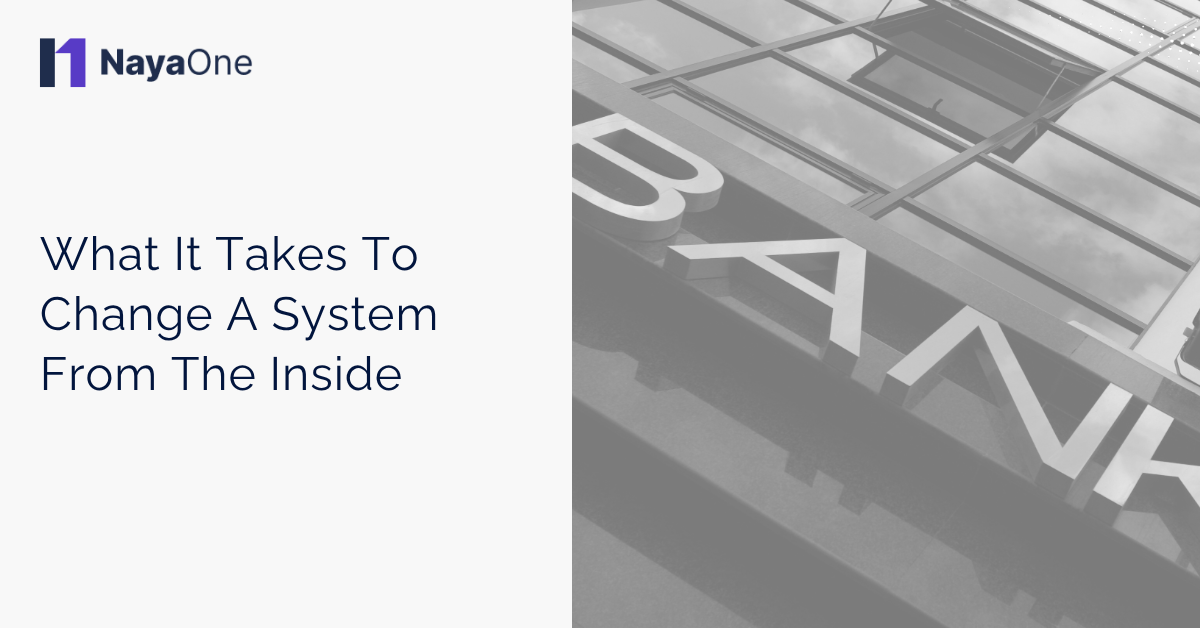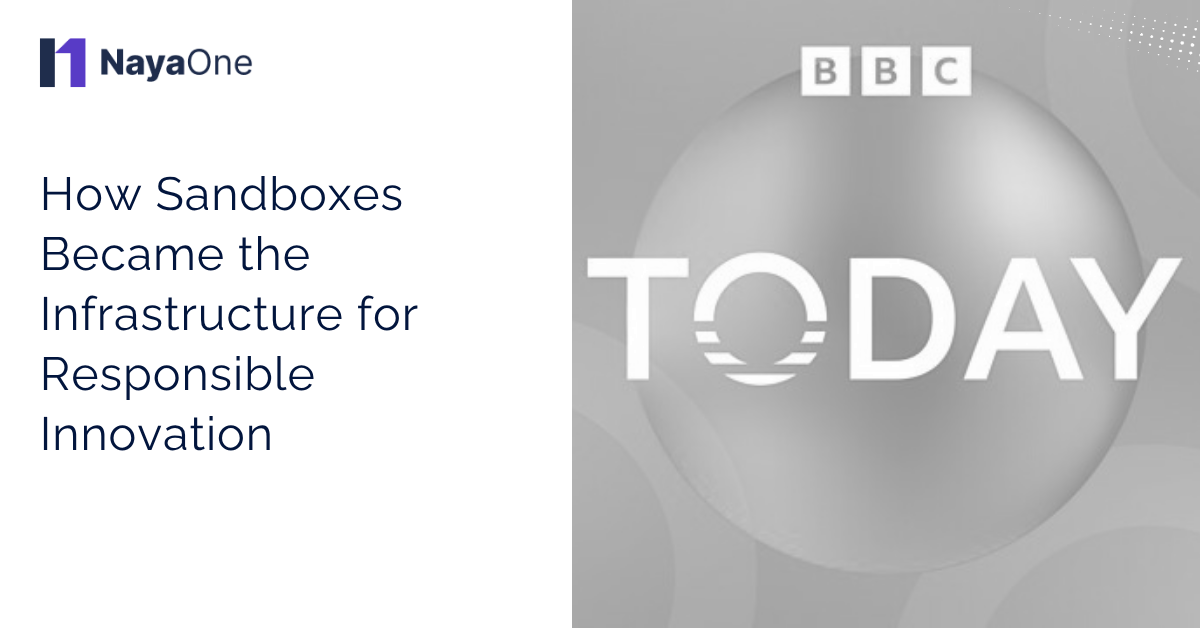
Lightbulb moment... Karan Jain quit Westpac to set up on his own.
Domenico Pugliese
It’s a widespread problem: banks have complicated compliance procedures and onboarding processes, and it’s often just too difficult for fintechs to jump all the hoops.
The answer was already out there: sandboxes. Not the more common regulatory kind, which fintechs used to figure out if they’re compliant. Jain and Allan had in mind the tech kind: a place where banks and fintechs can essentially plug into each other, marrying up their systems and their data.

That way, both sides can try before they buy, and figure out if the onboarding saga is worth it.
But when they looked around the tech sandboxes that had already been set up — even travelling to the US to see some — they were unimpressed. Some of them asked too much of the fintechs. Some of them were just accelerators, offering advice. Some of them were just Excel-sheet lists of companies.
So over another beer, “we said to ourselves, ‘well, why don’t we just build our own?’.” They went out and started to talking to banks.
“The banks appreciated the problem, but they didn’t know what to do about it,” Jain says. “And they are still figuring out how to go about it because it’s a fundamental change to how banks think about partnerships.”
The company was born as Fintech Sandpit, and has just rebranded as NayaOne. It is the provider for Britain’s Digital Sandbox, launched by the Financial Conduct Authority and the City of London Corporation, and now counts banks, fintechs and SWIFT among its customers.
Essentially, it works like a marketplace: there are about 70 fintechs on NayaOne’s platform, and banks can evaluate their tech without having to “onboard” any of them — the only bit of onboarding the bank does is NayaOne itself.
Banks save about nine months off onboarding. Fintechs save about nine months of paperwork to get into the bank, and then do the thing they can just do.
Banks also benefit because NayaOne “weeds out people who run around with PowerPoints, who don’t actually have a tech that can plug in”.
The banks can also thoroughly evaluate several fintechs, rather than having to take the risk of punting on just one.
And fintechs benefit, Jain says, when banks test out the product and find it wanting.
The best thing that can happen to that fintech is, a bank says no. Because that’s how they will improve their product and actually get more targeted sales.
Eventually NayaOne could be a two-way street, allowing fintechs to test out the big financial institutions’ offerings of banking as a service. But first he’s looking to get some more banks onto the platform.
The company is also building a “digital twin” of the British population, which creates a kind of virtual dataset that fintechs can use to refine their product before a bank, with an actual dataset, comes along to test out the tech.
With Jain on board as CEO, Allan has shifted to be head of engineering, and they are building out a team in a tight labour market. It sounds like they have plenty to be getting on with — for now, perhaps they should avoid going out for another beer.







